Sydney must be the only city in the world which closes its most modern heavy rail tunnel, 12.5 kms, designed for its ubiquitous double deckers and used by long distance commuters for an unacceptable long period of 7 months, only to be downgraded to narrow body, seat starved single deck trains, incompatible with the whole of Sydney’s rail system and touted to the public as a “metro”.
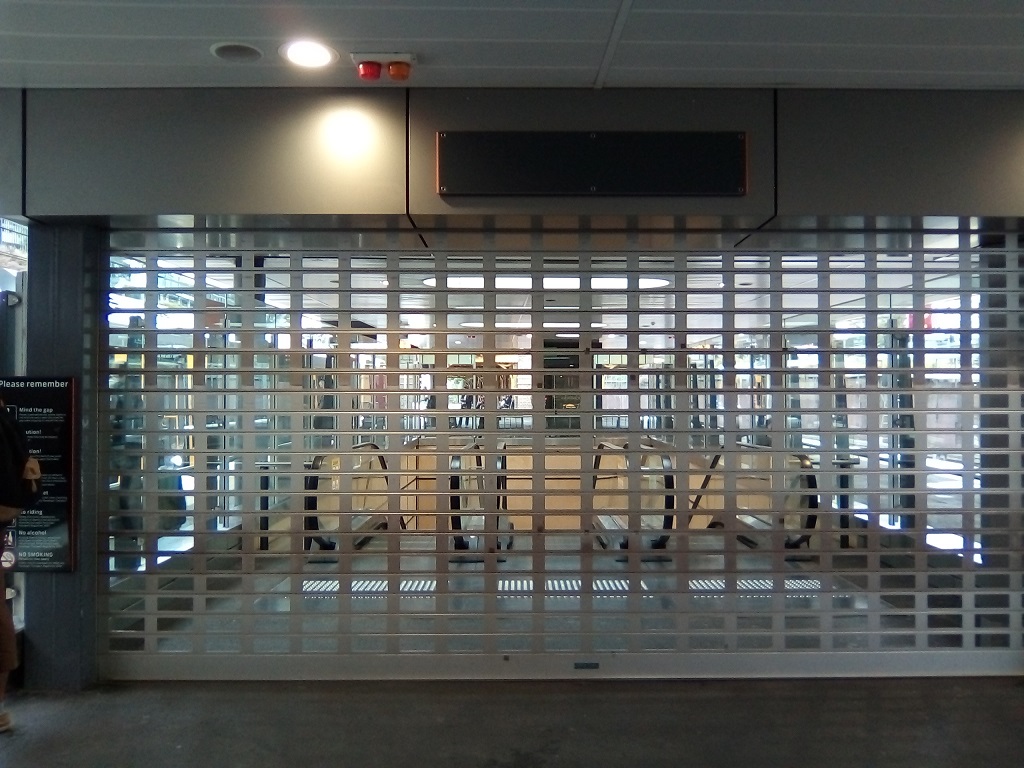 Fig 1: Escalators to underground platforms 5&6 at Epping station in early October 2018
Fig 1: Escalators to underground platforms 5&6 at Epping station in early October 2018
 Fig 2: First train in Epping – Chatswood tunnel, was not missed by then Premier Rees
Fig 2: First train in Epping – Chatswood tunnel, was not missed by then Premier Rees
The rail tunnel was opened in Feb 2009, 10 years after it was first announced in the Action for Transport 2010 plan. It was in operation for just 9.5 years. That is the life-span of Sydney’s rail infrastructure.

Fig 3: NSW government’s promotional video
The NSW government’s propaganda machinery even had to employ a well-known TV presenter to sell their replacement bus services to frustrated passengers. Here is the bus job ahead:
 Fig 4: Standing only in a 17:30 double decker to Epping via Macquarie Park in July 2018
Fig 4: Standing only in a 17:30 double decker to Epping via Macquarie Park in July 2018
This article continues research done 4 years ago:
4/1/2015 Sydney mismanages transition to driver-less single deck trains (part 2)
30/12/2014 Sydney plans to dismantle rail infrastructure built just 6 years ago (part 1)
Would the government even dare to think closing the Lane Cove road tunnel which runs parallel to the rail tunnel, for that period? Not much public resistance was put up against the rail tunnel closure. After 20 years of 2 consecutive governments back-flipping on n+1 permutations of rail links in Sydney’s North-West, the electorate has obviously resigned, knowing that the opposition is just as bad as the government of the day. In a certain sense Sydney’s rail planning seems to mirror the revolving door syndrome of Federal politics on climate change and renewable energy.
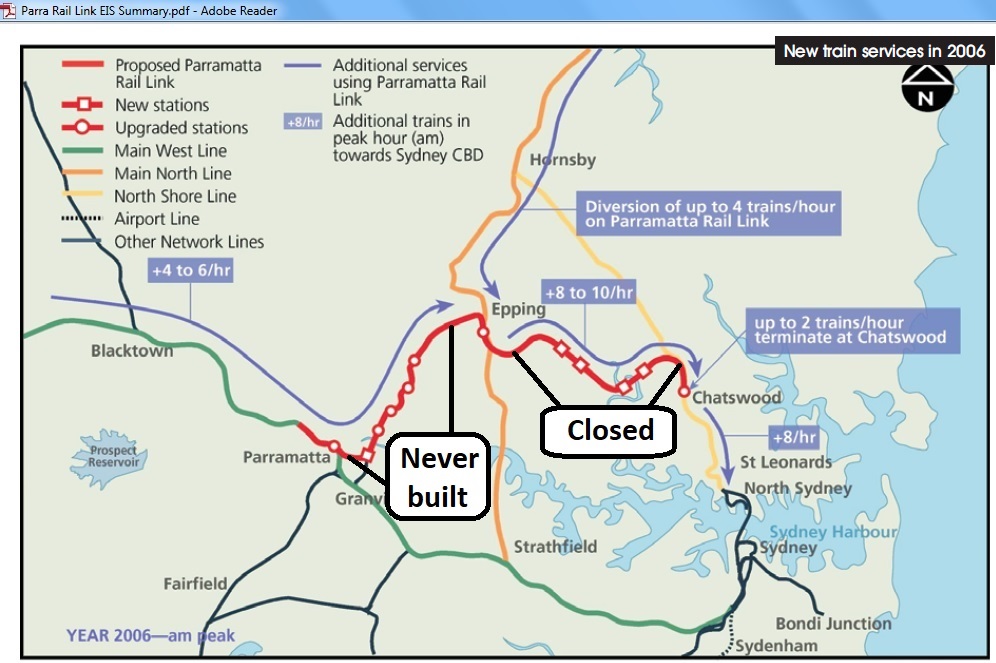 Fig 5: Original Chatswood – Epping – Parramatta tunnel plan (in red)
Fig 5: Original Chatswood – Epping – Parramatta tunnel plan (in red)
The underlying graph is from the Parramatta Rail Link EIS Dec 1999.
As the arrows indicate the idea was to create an alternative rail access to the area north of the Sydney CBD. The Chatswood – Epping section was built, but the other half of the link was “deferred” by the previous government and now replaced by a light rail proposal which does not cover the whole distance.
The closing of the rail tunnel happens at yet another critical time in global oil supplies:
(1) China’s and therefore Asia’s oil production has peaked in 2015 while oil consumption is increasing inexorably. China has militarized the South China Sea, securing its oil import routes. There have been close encounters between US and Chinese Navies and Air Forces
 Fig 6: China’s crude production peak 2015 will change the world
Fig 6: China’s crude production peak 2015 will change the world
(2) After the closure of 3 refineries, Australia is importing increasing volumes of fuel from South Korea, Japan and China itself, passing through this contested area
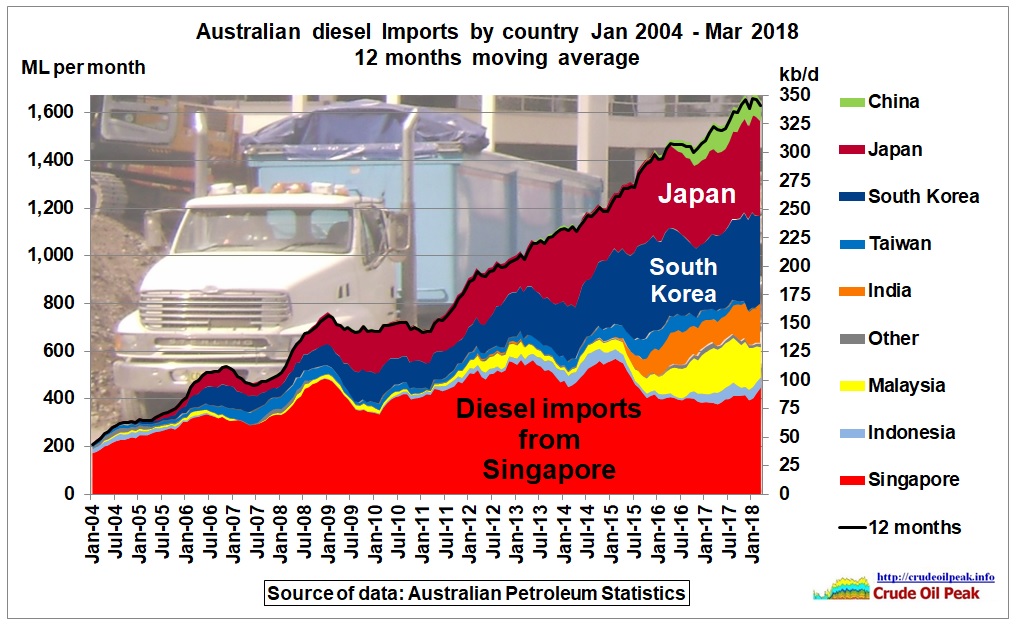 Fig 7: Australian diesel imports by country
Fig 7: Australian diesel imports by country
(3) Although North Korea’s missile launches have stopped and tensions eased, it is not clear how and if NK will disarm
(4) Russia’s crude production is peaking for some years now; military exercises have been held together with China
 Fig 8: Russia’s crude oil peak vs Saudi and US production
Fig 8: Russia’s crude oil peak vs Saudi and US production
(5) Saudi Arabia’s spare capacity is unknown while a proxy war with Iran is raging in Yemen in which Saudi oil tankers have been attacked in Bab el Mandeb and Houthis claimed they had attacked a Saudi Aramco refinery in Riyadh
(6) The US is serious about pushing through sanctions on Iran which has threatened to mine the Straits of Hormuz
(7) The Iranian government blames the US and Gulf allies for a shooting at a parade in Iran’s oil production region of Ahvaz
(8) Social unrest caused by electricity shortages in the oil rich Basra region may limit Iraq’s oil production growth
(9) Peak conventional oil in Venezuela has resulted in a wave of refugees to neighbouring countries. Further production drops are likely due to lack of skilled staff and many other problems.
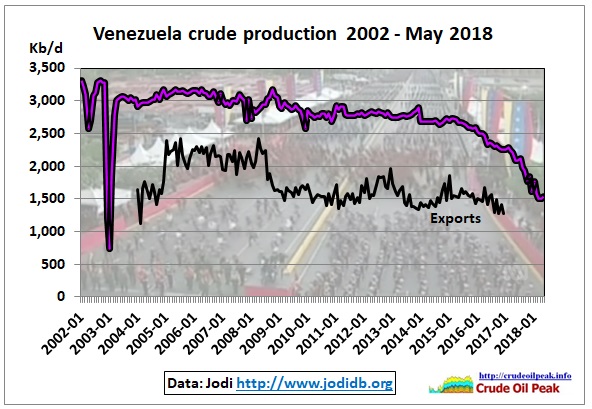 Fig 9: Venezuela’s crude production drop
Fig 9: Venezuela’s crude production drop
(10) Libya’s oil production is widely fluctuating
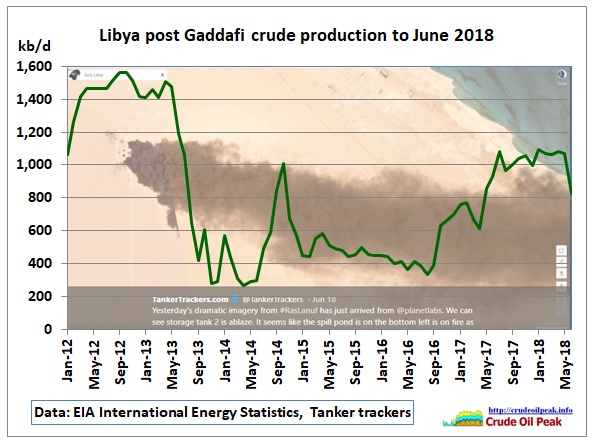 Fig 10: Libyan crude production post Gaddafi
Fig 10: Libyan crude production post Gaddafi
(11) Oil analysts investigate the question when US shale oil will peak as a result of high decline rates in wells just 2 years old
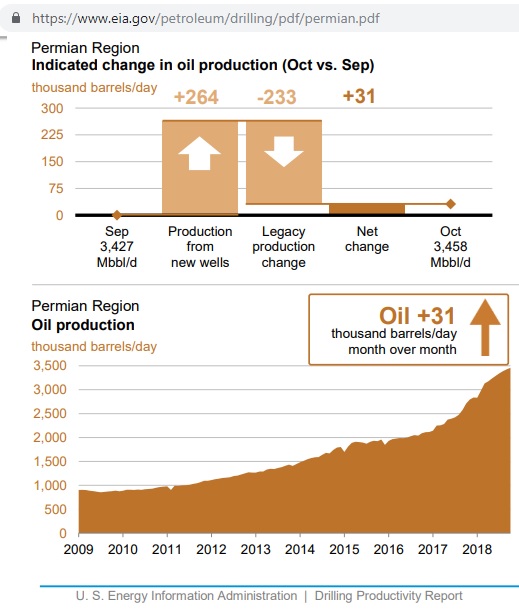 Fig 11: Drilling report: 88% of new production is needed to offset decline
Fig 11: Drilling report: 88% of new production is needed to offset decline
(12) Brent oil prices have exceeded $80 and heading north. Australian ULP prices have gone past $1.60/litre on certain days
 Fig 12: Oil price trend at tunnel closure time, September 2018
Fig 12: Oil price trend at tunnel closure time, September 2018
All these facts should be known to the NSW government but they are ignored as if they were not relevant. Maybe Sydney is too far away from these events? Such a provinciality of the NSW State government is strange.
There is a real risk that during that rail tunnel closure petrol prices reach $2/litre. Many motorists, already suffering from a relentless 4% pa rise of tolls on the M2 (running parallel to the rail tunnel), may then be forced to take trains. They will need 8-car double deckers in the tunnel, not workers ripping out modern signalling.
What’s worse, more problems will come when the tunnel re-opens. A study by Beca Consulting has shown that several interchanges have not been adequately designed.
 Fig 13: Overcrowding on escalators in Epping in 2024 (F rating) quoted by ABC TV in April 2017
Fig 13: Overcrowding on escalators in Epping in 2024 (F rating) quoted by ABC TV in April 2017
http://www.abc.net.au/news/2017-04-20/overcrowding-fears-for-sydney-train-stations/8449138
All passengers will have to change to double deckers at Chatswood which is not designed as an interchange. This is well known since an ARUP report was obtained under FI legislation
Crush hour: $9b rail link flaw
2/10/2012
RUSH hour commuters will be forced to wait for at least two crowded trains to go through Chatswood station before being able to continue their journey to the city, under the O’Farrell government’s centrepiece $9 billion transport project.
Thousands of commuters disembarking at Chatswood will be unable to get on city-bound trains already operating at capacity. And passengers getting off the north-west trains may struggle to fit on the crowded platform at Chatswood.
With an ”optimised” timetable for the north-west rail link, more than 40 per cent of peak-hour passengers transferring to the city at Chatswood will be unable to get on the next service because it will be too crowded, according to analysis commissioned by Transport for NSW and obtained by the Herald.
Further, more than 15 per cent of them will be unable to fit on the next two citybound trains on the north shore line.
https://www.smh.com.au/national/nsw/crush-hour-9b-rail-link-flaw-20121001-26vkt.html
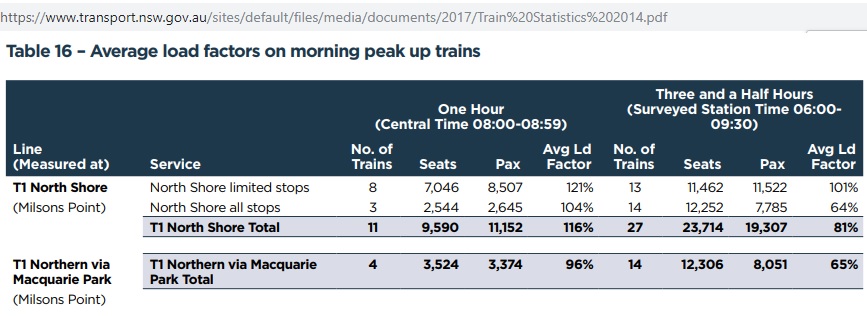 Fig 14: Peak hr load factors on North Shore and Macquarie Park trains in 2014
Fig 14: Peak hr load factors on North Shore and Macquarie Park trains in 2014
https://www.transport.nsw.gov.au/sites/default/files/media/documents/2017/Train%20Statistics%202014.pdf
It is doubtful whether the continuation of the metro can be completed up to Bankstown (scheduled in 2024) before the next oil & financial crisis.
J.P. Morgan Has a Date for the Next Financial Crisis—and It’s Not Far Off
13/9/2018
A decade after the collapse of Lehman Brothers sparked a plunge in markets and a raft of emergency measures, strategists at the bank have created a model aimed at gauging the timing and severity of the next financial crisis. And they reckon investors should pencil it in for 2020.
http://fortune.com/2018/09/13/jpmorgan-next-financial-crisis/
And the above analysis does not even factor in high oil prices.
When that crisis happens, the NSW government will have little money to continue a very expensive project. There is a scenario that someone has to bail out the toll-way operator Transurban which sits on $17 bn debt and has a maturity of $1.8 bn in 2020.
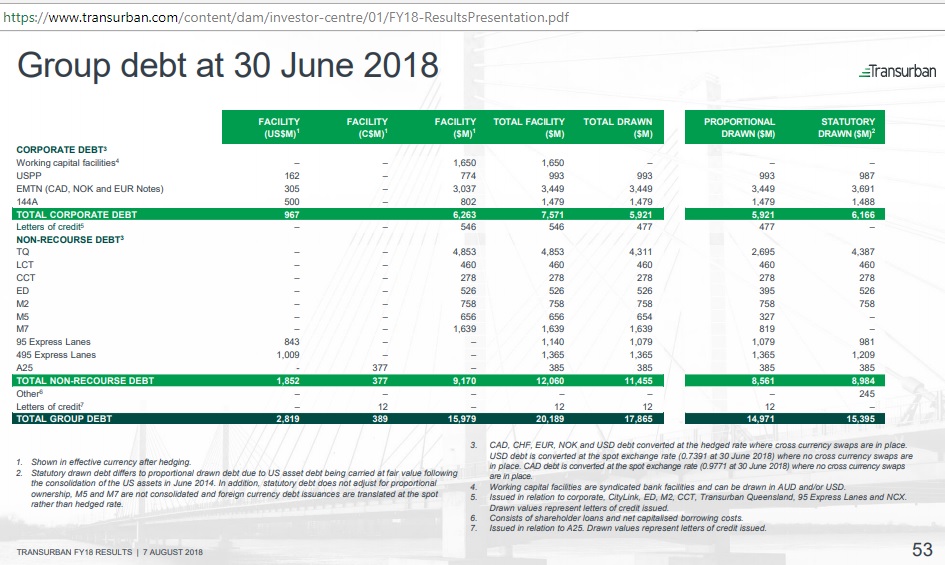 Fig 15: Transurban debt
Fig 15: Transurban debt
https://www.transurban.com/investor-centre/reporting/annual-reports
We remember what happened to the Lane Cove Tunnel.
The “all change” at Chatswood may be a permanent reminder that it was Gladys’ idea to have introduced incompatible single deckers. A city’s transport system must always be in a satisfactory operational state.
To be continued.
Addendum
The unnecessary ECRL closure cannot be compared with the L Train shutdown between Manhattan and Brooklyn for 15 months starting in April 2019. The Canarsie tunnel was flooded by saltwater during the superstorm Sandy in 2012, damaging it extensively
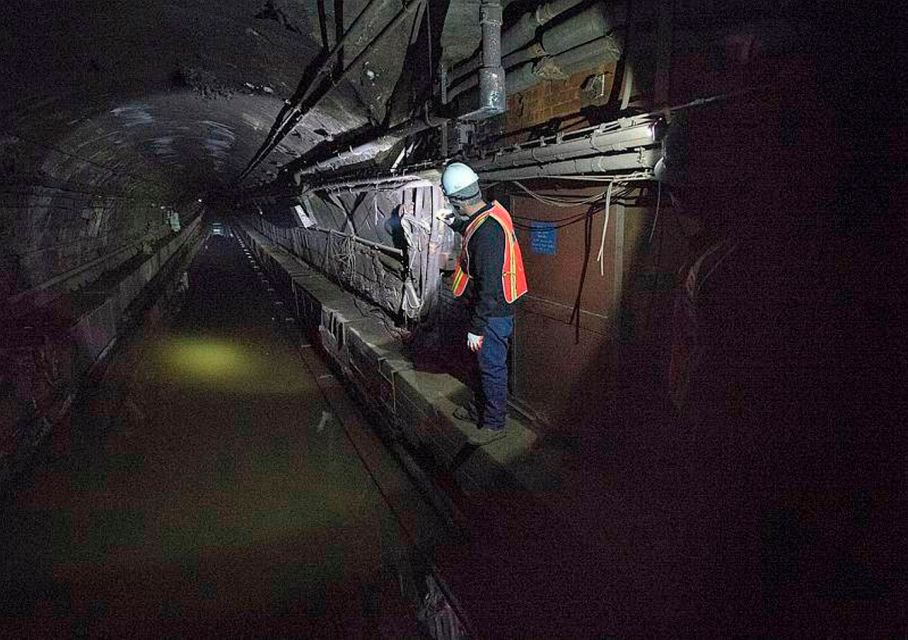
• Built in 1924
• Cast iron tunnel with concrete liner
• 2 tubes in tunnel, each carrying 1 track
• 40 trains per hour go through the tunnel during peak travel
• 225,000 riders go through the Canarsie Tunnel each weekday
http://web.mta.info/sandy/rebuildingThisVitalLink.htm